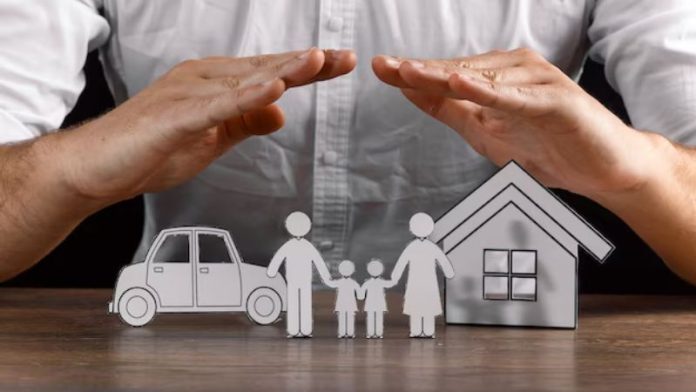
Have you ever talked about the safe circle, safe and unsafe touch, or sexual violence with your kids? Probably, not much. With the scary world growing every day, there is a much-needed need to create a safety circle for kids so they can have the confidence to handle the world. And teaching the importance of safety for kids is a vital part of parenting for their development and growth. But what does it mean by ‘creating a safe space’? How can you make sure your child is safe, and how to know who is a trustworthy person in your safe circle? Here is everything you should know about safe circle regarding child safety, online safety, and sexual abuse prevention.
Child Safety – What is Safe Circle?
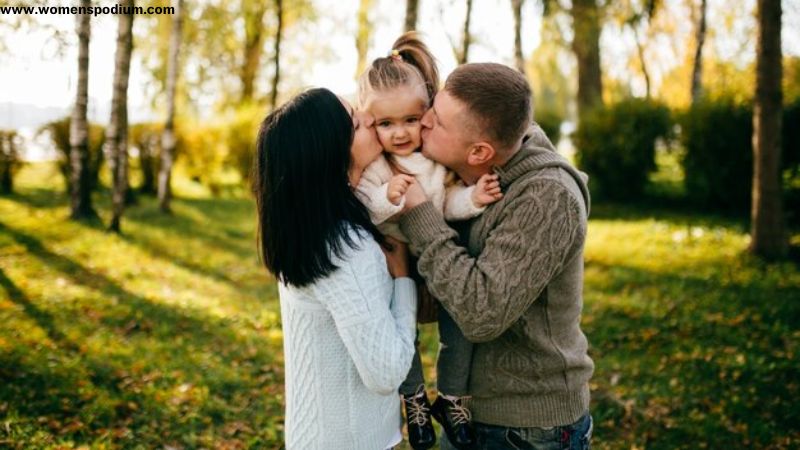
A safe circle consists of a set of precautions and a circle of people you trust the most to keep you safe in every situation. The sincerest relation for kids is their parents. And because parents get involved in every step of their child’s development, they should be the first to know your secrets. A safety circle also prioritizes the relations and people according to your level of trust in them. Adults can train kids at school to improvise safety lessons for students by arranging activities like formatting a safe circle activity.
How Can I Make Sure My Child is Safe?

Just like other safety rules, like traffic rules or water safety rules, parents should teach their kids personal safety rules starting at a young age. Talk to your kids in a reassuring tone about this when your child is ready to share with you. You can ensure child safety in many ways. You can;
- Communicate with your kids to see if anything is disturbing them. Check on them from time to time without being too controlling. Being casual in your communication will give them the courage to tell you more.
- Never trust anyone blindly, because most perpetrators are people you and your child trust more. Often, the abusers are close to you.
- Talk to them about the social issues when they are growing up. Analyze their views and observations, try your best to answer their questions, and be their best guide.
- Teach them Your Phone Number or to call the Police for help. This can be their best tactic when they face situations like abduction, kidnapping, etc.
- Tell them that being with their group of friends or inside their school is safer. Their school and their homes are sanctuaries.
Also Read: Uninvolved parenting, also referred to as neglectful parenting, is characterized by a lack of responsiveness to your child’s needs. When your child asks anything, listen and think about it before you answer, always try to be good at answering your child’s questions.
Who are the People in Your Safe Circle?

Your child needs to know who to trust and communicate with and who not. Parents should try not to guide based on assumptions. Instead, help your kid to create a clear vision of the most trusted people. Parents should never trust anyone blindly to accept themselves, not even the closest relatives. Parents can affirmatively tell their children about trusted adults. Like, you, their siblings, and in your absence, they can confide in trusted members of your family, some of their teachers, their friends, and some relatives. Those are the people you have in your safe circle at the individual and intrapersonal levels. Sometimes, overdoing this thing can instill unnecessary fear in your child. So, be very affirmative in your communication.
How to Talk to Your Child about Safe and Unsafe Touch?

Kids at a young age need to know about the safe and unsafe touch nowadays. With the advancement of prevailing social media around the world, it is inevitable to keep your kids away from trigger words like “sexual abuse,” “rape,” and “molestation.” It is better to discuss yourself at an age-appropriate level instead of your kids asking other people.
- The first thing for parents to know is that there is no proper time to talk about appropriate and inappropriate touch. You can talk to your kids about the topic in an age-appropriate manner.
- Secondly, always use the anatomically correct terms for the private parts so that kids know what other people are referring to and be assertive in saying “No.”
- Parents can watch together with their kids; some informative videos about safe and unsafe touch, suitable for their age.
- Teach your kids that their body is only theirs, and not all secrets are for sharing with others.
5 Ways to Create a Circle of Safety (Sexual Abuse Prevention)
Sexual violence and abuse are surfacing more now with the advent of social media, where news spreads like a forest fire. Parents are more worried about how to prevent such causes. You can take the following measures to create a safety circle for kids.
1. Talk to Your Kids for Anything Questionable
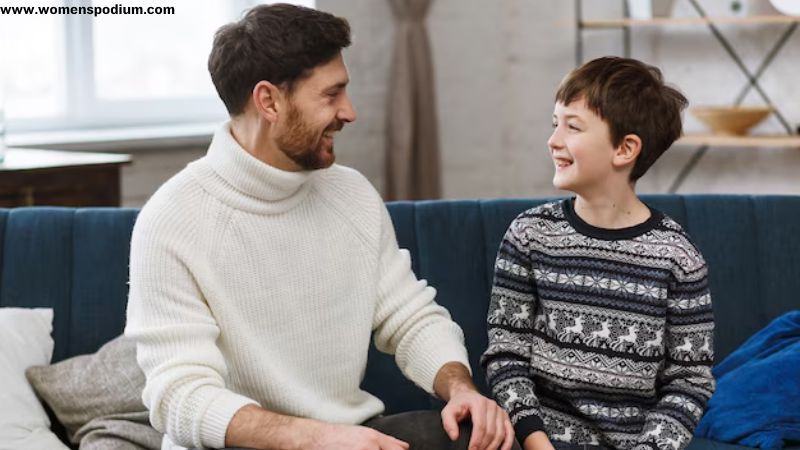
Everything can be resolved easily with communication. Kids are curious beings, and they will talk to you. But if you avoid them or find them annoying, they will hesitate, and you will never know what problem your child is facing, let alone prevent them.
2. Explain That No Body Secrets Are Allowed
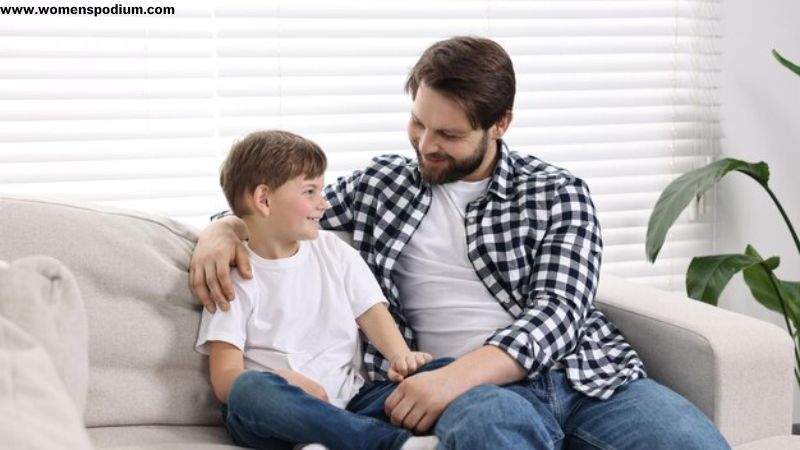
Make sure your kids listen to you so that when you advise them, they take it seriously. Tell them that no secrets related to their body are for anyone to know. Assure them that if they have confusion, they can ask you without hesitation.
3. Encourage Their Boundaries and Privacy

Let your kids know that it’s okay to have secrets, and they can say “NO” to some things they don’t want. We often focus on strangers as a threat in this area. However, most perpetrators are close relatives, which is why kids should know how to protest and decline.
4. Provide Body Education From Young Age

Many parents avoid providing sex education to their kids. They hesitate and only teach them vaguely. Just like all other body parts have anatomical names, you should use anatomically correct expressions to explain private body parts at an appropriate level.
5. Let Them Know About Unsafe Touch
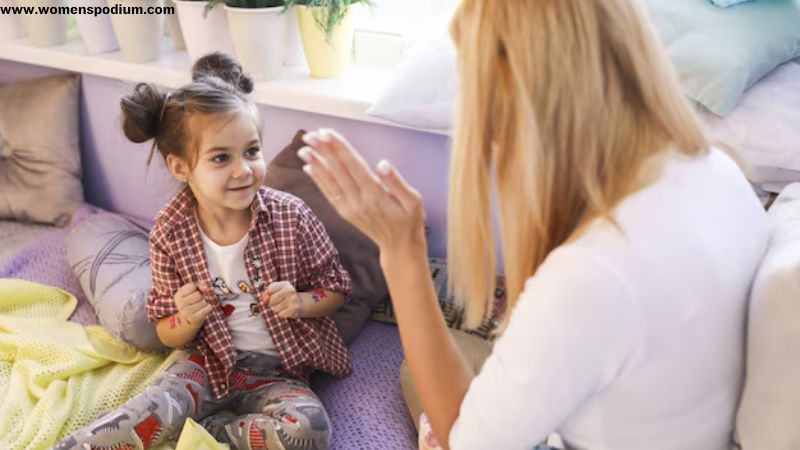
Parents must let their kids know about unsafe touch, and the threat is not always from a stranger. And because children trust people easily, they are at a greater risk of such exposure. If they don’t know, they will never ask themselves. Here they need your involvement, guidance and support; try to be open and attentive towards them. When parental involvement is inadequate, you may begin making inevitable parenting mistakes that might negatively inflict on your child. Children typically undergo negative feelings about themselves and start to lack self-confidence, self-esteem, and moral values.
Child Safety Tips For Parents

Child safety from a broader perspective includes general safety measures at home or outdoors and prevention from sexual abuse and bullying. Parents can ensure their kid’s safety by implementing these child care safety tips.
Make Them Memorize Numbers And Address – Your kids should know their names, home addresses, and phone numbers. Teach them to call for help from security or “911.”
Teach Them Not to Go With Strangers – If your child is walking to school with friends, he must know how to refuse to go with strangers. Tell them to shout for help in those situations.
Teach Them to Ask for Your Permission – The best way to keep kids safe is to instill the habit of asking their parents’ permission. When your kids would ask your permission, you will know what they are up to.
Tell Them to Be Careful on Streets – Your kids should know how to walk on the streets with care and avoid talking to strangers.
Child Internet Safety Tips for Parents
Internet is a menace in most homes nowadays. It has become a necessary evil and a blessing in disguise. Parents provide devices to their kids early on in their life which can expose them to evils like cyberbullying and online hatred. Parents can ensure the online safety of their kids by;
1. Using Online Protection Tools

Screen the contents your child gets exposed to, and use a safe browser or website. Parents can ensure internet safety by downloading kid-friendly apps or setting an age limit on the browser.
2. Managing Kid’s Online Activity

Parents should never be too controlling for their kids as this can annoy them and distance them from them. Instead, monitor the online activity from time to time in a casual manner. If you find something threatening, address the issue calmly.
3. Teaching Them Not to Disclose Privacy

There are many online threats, among which concerning danger is scams and threats of privacy. Parents should teach kids never to share personal information and stuff like ID or Bank Account No. of their parents.
4. Making Them Inform You of Online Threats
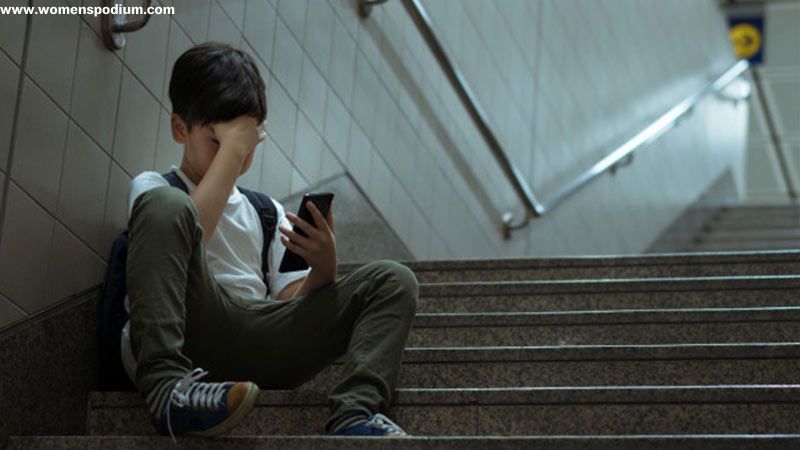
When kids face online bullying or even anonymous threats, they should know they can come to you. Even when they make some mistake, they can come to you and tell you whatever is troubling them. Also, being a parent, you must ensure internet safety for children.
5. Using the Internet Together With Kid

Let your kids know what type of things to search for on the internet by discussing with them. Talk to them about online dangers like inappropriate websites, malware, scams, frauds, and sexual predators. They will be aware of the threats online. Parents must always prioritize the safety of kids both at home and outside, whether at an individual, intrapersonal, or contextual level. Ensuring child safety and creating a circle of safety is essential for healthy communication with your children. Create a safe space for kids, listen to them, and define their vision of a safe circle to make sure they are confident and have your protection all the time.
Also Read: The Internet offers a new set of challenges for every parent. Being a parent, you need to be attentive to administer effective parenting to take care of your children and family.





